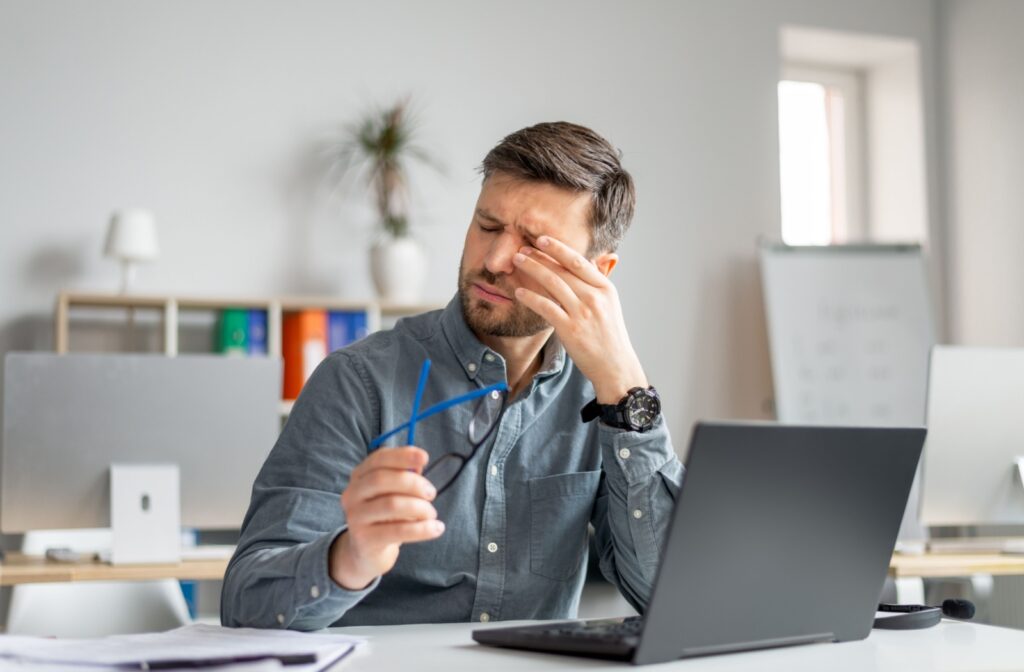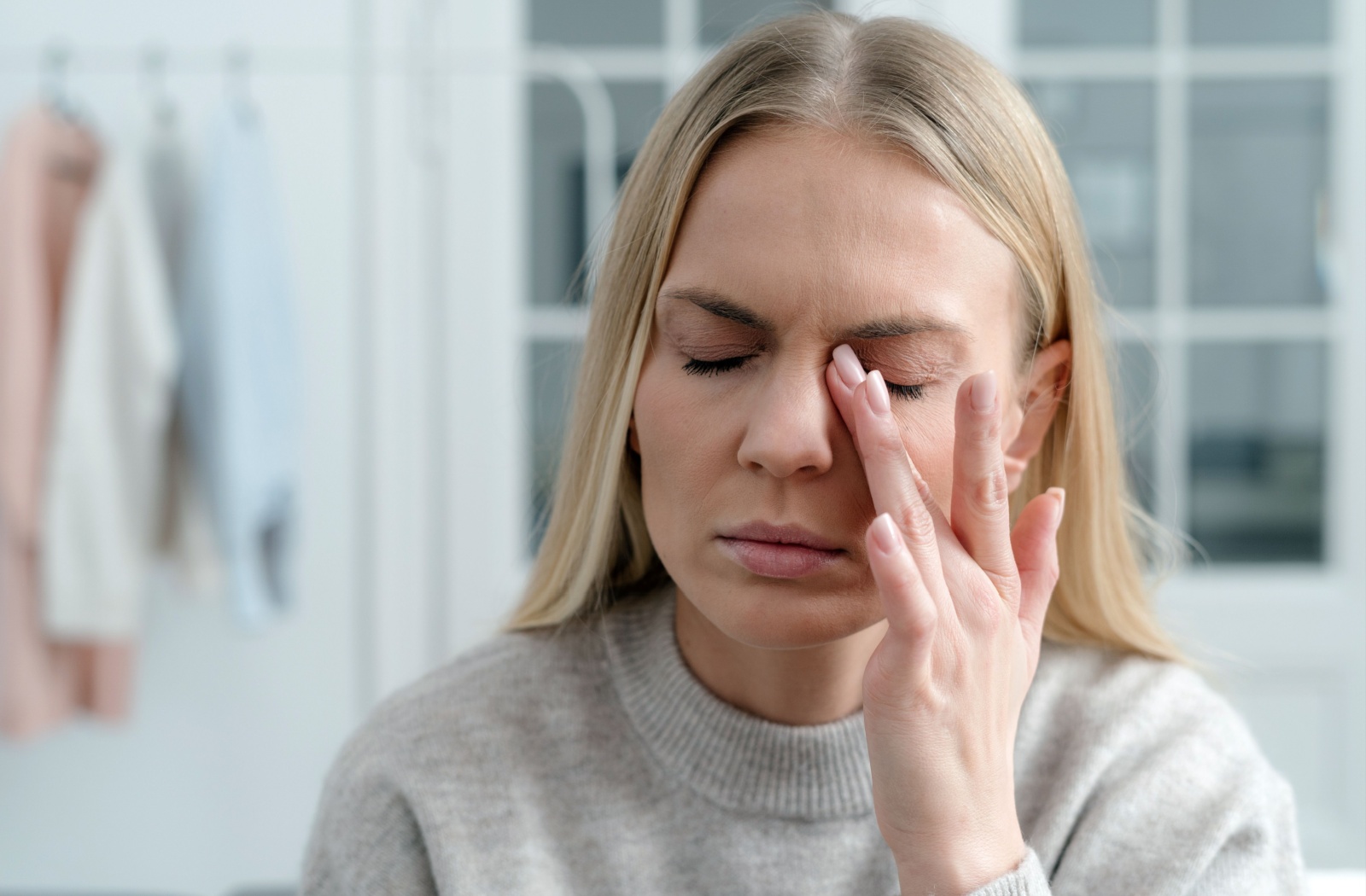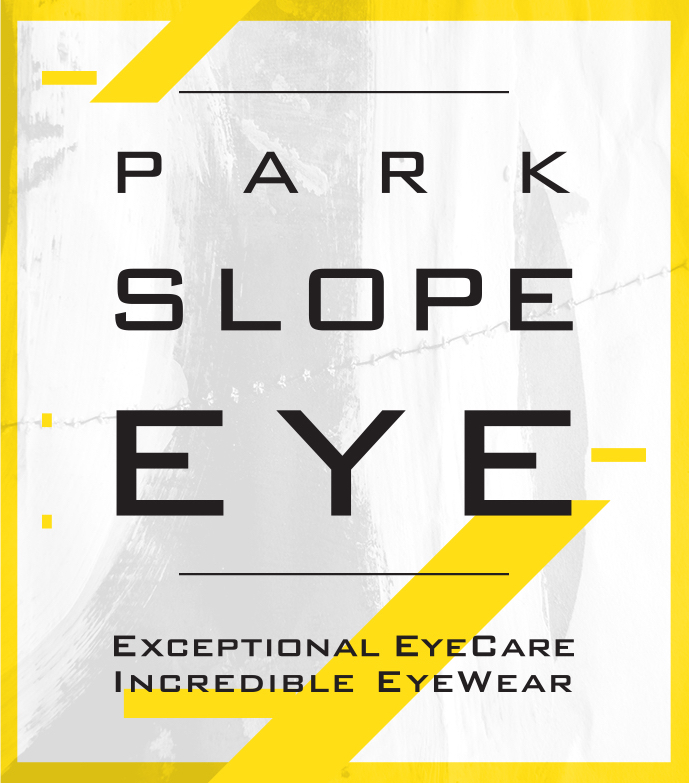Dry eye syndrome is an ocular surface disease that affects many people, from digital workers spending hours in front of a computer to older individuals grappling with natural age-related changes. Those suffering from irritation, burning, or redness may wonder how long dry eyes can last.
The answer is it depends on several factors unique to each individual, such as the underlying cause, the severity of your dry eye, and the effectiveness of the treatment plan you’re on. An eye exam helps your eye doctor address the underlying issue to determine the appropriate treatment options for relief.
What Is Dry Eye?
Dry eye is an eye condition characterized by insufficient lubrication and moisture on the eye’s surface. It primarily results from insufficient tears or poor quality tears that don’t work properly to maintain a healthy and stable tear film in the eye.
Dry eye can manifest in 2 types:
- Evaporative dry eye: In this case, the oil layer of the tear film is inadequate, causing tears to evaporate too quickly.
- Aqueous-deficient dry eye: In this case, there is insufficient tear production by the lacrimal or tear glands in the eye.
Common Causes of Dry Eye
Several underlying causes of dry eye result in decreased tear production and increased evaporation. These can include:
- Age
- Hormonal changes in women
- Environmental factors such as dry climates or exposure to smoke
- Extensive use of digital devices
- Medications
- Health problems
- Laser eye surgery
Dry Eye Symptoms
Dry eye symptoms can range from mild to severe. Mild symptoms can include:
- Irritation
- A gritty sensation
- Red eyes
- Watery eyes
More severe dry eye symptoms can include:
- Significant discomfort
- Burning or stinging sensation
- Sensitivity to light
- Blurry vision

Diagnosis of Dry Eye
To diagnose dry eye, your eye doctor will conduct various tests that check the structure of your eyelids, and both tear production and quality, such as:
- The integrity of the oil-producing glands of the eyelid to ensure a healthy ocular surface
- How long it takes for your tears to evaporate or dry up
How Long Does Dry Eye Last?
Recognizing the distinction between acute and chronic dry eye is crucial for understanding the condition. Acute dry eye is generally short-lived, while chronic dry eye is long-term, demanding a more strategic treatment and symptom management approach.
The duration of dry eye symptoms can fluctuate widely. Some individuals experience only occasional, acute episodes, often triggered by specific environmental conditions, long-term contact lens wear, or prolonged screen time.
Dry eye flare-ups are usually temporary and can cause returning or worsening of symptoms. These generally last a few days to a few weeks with medication or dry eye therapy alleviating the symptoms easily.
Whereas chronic dry eye, a persistent condition, can last longer. There’s no cure for chronic dry eye, making ongoing treatment and management vital to mitigate symptoms effectively.
Dry Eye Treatment & Management
For those suffering from dry eyes, incorporating a few daily life modifications can significantly improve comfort and quality of life. Various treatment options can also substantially alleviate discomfort and manage the symptoms. By tailoring treatment options to your unique needs, your eye doctor can find what works for your symptoms and lifestyle.
Treatment and management options for dry eye relief can include the following:
- Lifestyle adjustments: Avoiding wind and air conditioning, wearing protective eyewear, drinking adequate water, and using a humidifier to add moisture can all have a tangible impact.
- Adapt your workspace: Consider ergonomic alterations to reduce eye strain, take frequent screen breaks, and blink frequently.
- Over-the-counter remedies: Artificial tear drops and ointments can provide added lubrication for immediate, though temporary, relief.
- Warm compresses: A warm washcloth or eye mask can help improve tear flow from the glands.
- Prescription medications: Your eye doctor may prescribe drugs for more severe cases that increase natural tear production or reduce inflammation.
- Contact lenses: Specialty contact lenses can help maintain eye comfort and prevent dry eye.
- Advanced procedures: In some instances, minor surgical options are available to close the tear ducts slightly to preserve tears or address eyelid or tear gland issues, such as meibomian gland dysfunction that contributes to dry eye.
Personalized Recommendations for Dry Eye Relief
There is no one answer to how long dry eye can last. Dry eye symptom frequency and severity can last based on several factors. While dry eye can be a persistent condition, by determining the underlying cause and understanding symptom severity, your eye doctor can create a comprehensive treatment and management plan for long-term relief.
If you’re experiencing dry eye symptoms that interfere with daily life, schedule an eye exam with Park Slope Eye to discuss your concerns, get a proper diagnosis, and receive treatment recommendations to improve your eye health.









